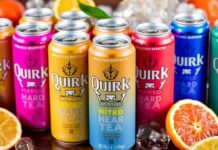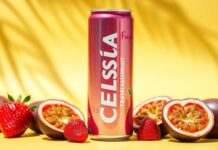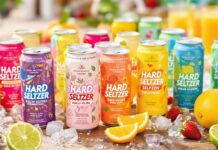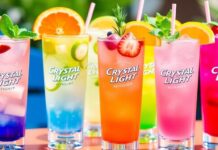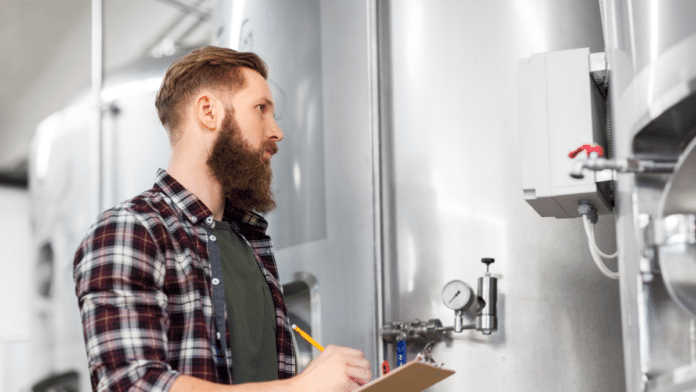First Key, a consulting firm in the brewing industry with a client list that includes breweries in 50 countries, offer tips on crafting hard seltzer for manufacturers of all sizes. For the craft brewery interested in expanding their portfolio to include spiked and sparkling drinks, this advice from the pros comes at an opportune time.
The consultants at First Key note that hard seltzer is more than a flirty summer beverage; sales of this budding segment continue to grow steadily. Seltzer is popular across many different demographics and is enjoyed by a wide span of ages. An increasing number of craft breweries are balancing beer demand by adding hard seltzer to their portfolio.
Hard Seltzer Defined by Its Contents
Experts define the “classic” hard seltzer – made popular by White Claw’s efforts – as “a clear, usually colorless, alcoholic beverage most often with 4–5% alcohol by volume.” Hard Seltzers average 90-100 calories per 12 oz. can, most of which come from the alcohol base. The archetypal hard seltzer is low in sugar and carbs, and gluten-free.
One of the category’s biggest draws is its “better-for-you” profile, as hard seltzer is seen by many as a healthier alternative to beer, wine, and hard liquor, which are often higher in calories.
Hard seltzer is made from a fermented sugar mixture, according to the First Key experts. “The fermented sugar is filtered to yield a clear, odorless, flavorless, and colorless solution. This solution can then be diluted to the desired final alcohol strength and flavoring, acid, and preservative are then added,” the company states.
The sugars used to create this are typically cane based sugar (sucrose) or corn-based sugar (dextrose). The pH of the sugar and water solution should also be adjusted to a level that is best suited for the yeast and its fermentation performance; this is typically done using phosphoric or lactic acid.
First Key offers these basic tips for brewing hard seltzer:
- Boil the sugar wash for approximately 15 minutes before cooling to fermentation temperature. The exact fermentation temperature will differ based on the yeast used.
- Upon completion of the fermentation process, the sugar solution needs to be filtered. This step removes any unwanted “aromas, flavors, and colors” that may be present.
- After the beverage is stabilized it is sparkled; carbonation is the last step before packaging. First Key notes that “most hard seltzers contain about 2.8 volumes of CO2, which is higher than a typical craft beer (averaging around 2.5 volumes).
While the 12 oz. skinny can may be the popular standard for hard seltzer, the shape doesn’t matter as much as the material itself.
Before jumping into a large batch, First Key recommends first crafting “multiple pilot batches to settle on a yeast strain and level of yeast nutrients capable of producing an ordered fermentation.”
Pay Attention to the Details
Another key tip is to use high quality water. Since the vast majority of the beverage – around 95% or more – consists of water, it is imperative to use a source that tastes great. The consultants note that the “addition of a small amount of calcium chloride, calcium sulfate, or both, may improve the taste of water that is extremely low in minerals,” noting that “additions that contribute to a total concentration of 50–100 ppm should be sufficient.”
The hardest part of seltzer brewing, according to the experts at First Key, is “running an ordered fermentation. Finding the correct concentration of yeast nutrients for your yeast strain, substrate concentration, pitching rate, and oxygenation level is the biggest hurdle facing most brewers.”
- Molson Coors Increases NA Foothold with La Colombe Coffee - September 15, 2021
- Half Time Beverage Adds Seltzer and Canned Cocktails Gift Packs - September 14, 2021
- Coming Soon: Great Lakes Agave Twist Ranch Water - September 13, 2021


